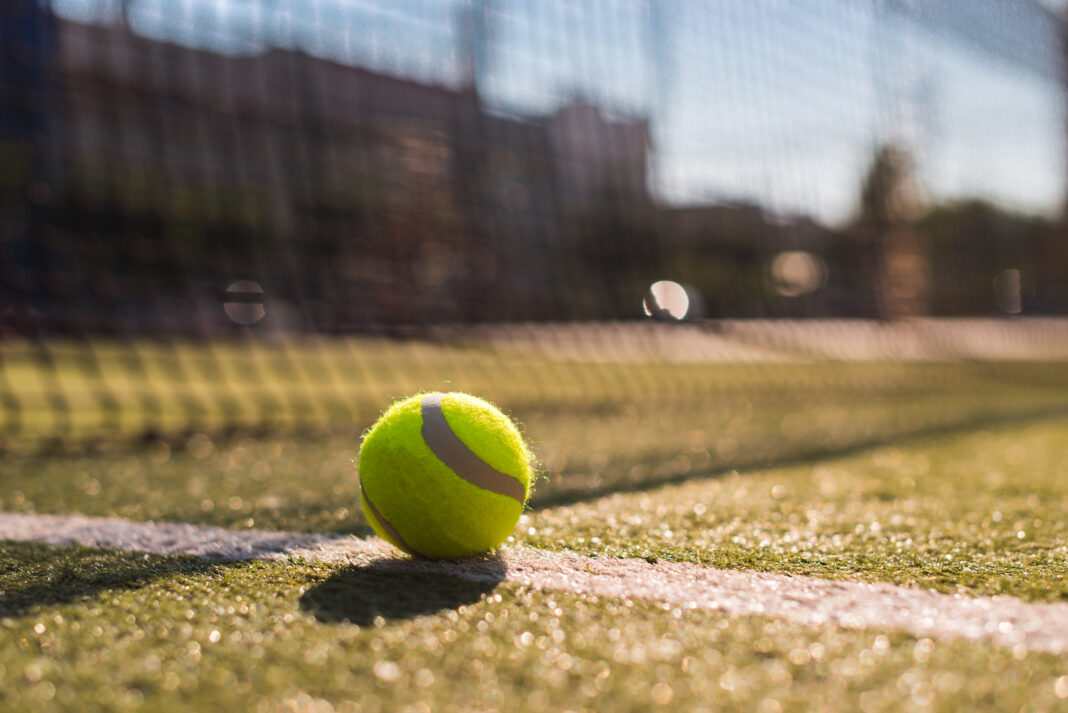Tennis is not just a game of skill and athleticism; it’s also a sport steeped in tradition and respect. Whether you’re a seasoned player or new to the game, understanding and practicing proper tennis etiquette is crucial. It not only ensures a pleasant experience for everyone on the court but also upholds the integrity and spirit of the game. Here’s a guide to the key aspects of tennis etiquette that every player and spectator should know.
1. Punctuality
Being on time is a basic yet important aspect of tennis etiquette. Arrive at the court a few minutes before your scheduled match time to warm up and be ready to start on time. If you’re late, you not only inconvenience your opponent but also others waiting to use the court.
2. Proper Attire
When it comes to tennis etiquette, proper attire is essential and varies depending on the court or club. Tennis also has a tradition of proper attire, especially tournaments. Firstly, be sure to wear appropriate tennis clothing, including non-marking shoes. Some venues may have specific dress codes, such as requiring all-white attire, so it’s always a good idea to check the rules beforehand. Some prestigious clubs, like those at Wimbledon, require all-white attire, emphasizing tradition and uniformity. Others may have more relaxed dress codes but still maintain standards, such as collared shirts and non-marking tennis shoes. It is courteous to call ahead if you are unsure of the dress code, ensuring you adhere to their requirements. Respecting these rules shows your appreciation for the club’s culture and your fellow players, making the game enjoyable for everyone. Remember, good manners on and off the court reflect your respect for the sport and its traditions.
To learn more about tennis etiquette and the experience at Wimbledon, click here.
3. Warm-Up Protocol
During the warm-up, remember that it’s not a practice session but a chance for both players to get ready for the match. Hit the ball back to your opponent in a way that allows them to practice their shots as well. Keep the warm-up time reasonable, typically around five to ten minutes.
4. Silence and Respect During Points
When a point is in play, maintain silence. This rule applies to both players and spectators. Avoid talking, cheering, or moving around, as these distractions can break the concentration of the players. Applaud good shots and excellent rallies from both sides once the point is over.
5. Line Calls and Honesty
In tennis, players are responsible for calling the lines on their side of the court. Make your calls promptly and loudly, using clear language like “out” or “fault.” If you’re unsure about a call, give your opponent the benefit of the doubt. Honesty is key in maintaining the integrity of the game.
6. Handling Disputes
Disagreements can happen, especially with close line calls. Handle disputes calmly and respectfully. If necessary, replay the point to resolve the issue. In formal matches, you may appeal to an umpire or line judge if one is present.
7. Ball Management
Keep track of the tennis balls and ensure they are readily available for play. When returning a ball to your opponent, aim for their racket or an easy spot for them to reach. Avoid hitting balls across the net aggressively or carelessly.
8. End of Match Etiquette
At the end of the match, approach the net and shake hands or tap rackets with your opponent as a gesture of sportsmanship. It’s customary to acknowledge the opponent’s effort, regardless of the outcome. Thank any spectators or officials who were present.
9. Respect for the Court and Equipment
Treat the tennis court and equipment with respect. Avoid dragging your feet, which can damage the surface, and refrain from hitting your racket against the ground or net in frustration. Pick up all balls and dispose of any trash before leaving the court.
10. Spectator Conduct
Spectators also have a role in maintaining tennis etiquette. Watch the match quietly, and avoid distracting the players. Applaud good play and show respect for all participants. Refrain from coaching or giving advice from the sidelines.
Types of Tennis Courts
When playing tennis, it’s important to note that there are many types of courts you may be invited to pay on both inside and outside. Tennis is a game enjoyed on various surfaces, each offering a unique playing experience. Grass courts, like those at Wimbledon, are fast and slick, making the ball skid and creating a quicker game pace. Clay courts, prevalent in Europe and Latin America, are slower and offer higher bounce, favoring baseline players and long rallies. The most common surface, hard courts, are made of asphalt or concrete and provide a consistent bounce, suitable for all playing styles. There are also indoor courts, which can be made of carpet, rubber, or acrylic, providing a controlled environment free from weather conditions.
Tennis etiquette is about more than just following rules; it’s about respect for your opponent, the officials, the spectators, and the game itself. By practicing good etiquette, you contribute to a positive and enjoyable atmosphere on and off the court. Whether you’re a player or a fan, these unwritten rules help maintain the beauty and integrity of tennis. Happy playing!


